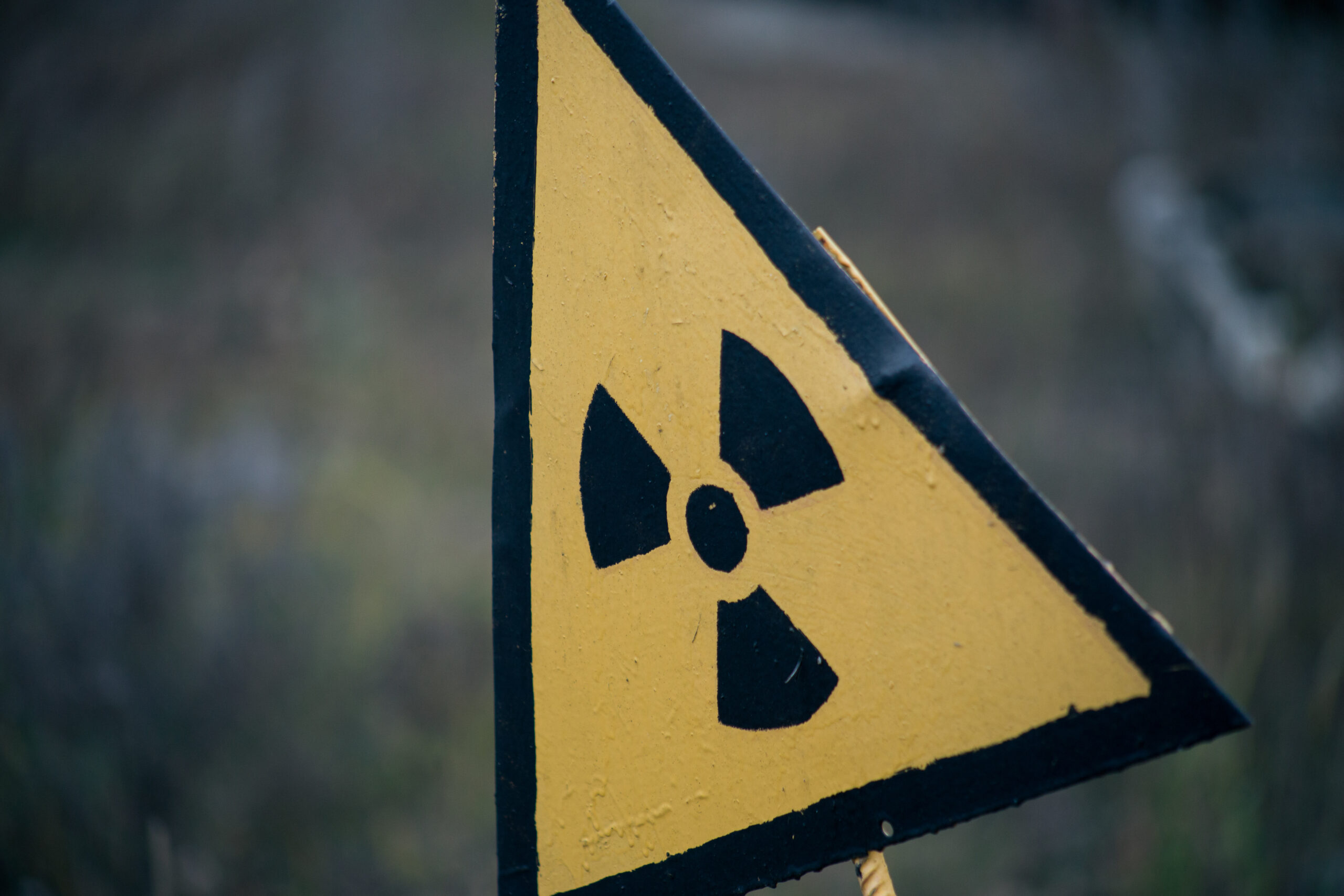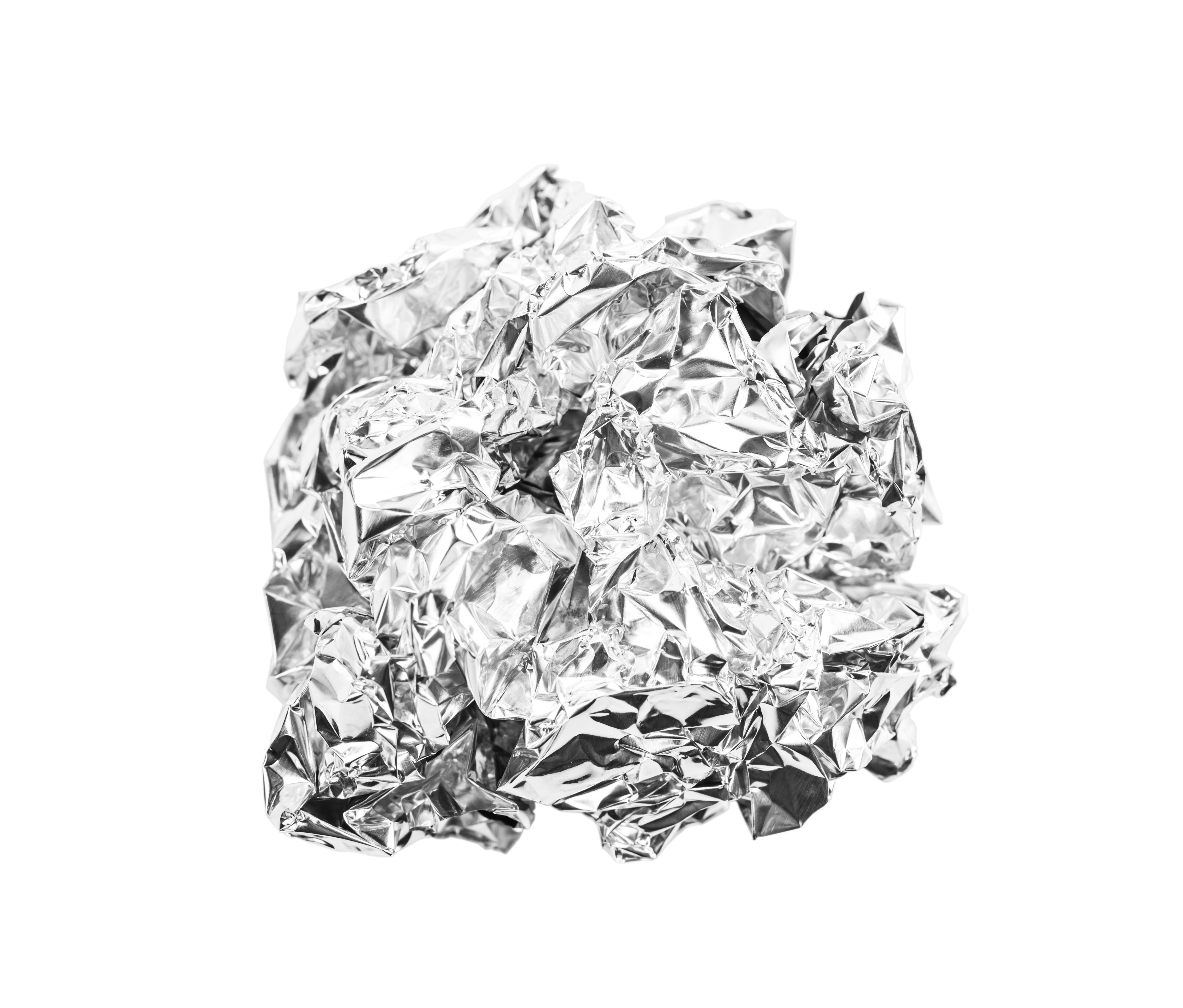
MRE meals, often eaten by the military, are made to be stored longer than regular food. In order for this to happen, certain processes like irradiation are used.
Meals Ready to Eat (MREs) are irradiated. Irradiation, or being exposed to radiation, is done in order to make food safer by killing bacteria and mold. This also allows it to be stored for longer periods. MRE’s are irradiated after being packaged and sealed.
Irradiation might be a foreign process to many. In this article, we will be discussing irradiation as well as its involvement with MREs.
Are MRE Meals Irradiated?
MRE meals are usually irradiated or exposed to some kind of radiation. This may be a shock to you, as it certainly was to me. My whole life I have been taught that being exposed to radiation is a bad thing!
Being exposed to radiation is obviously not safe, but irradiation is a different process that is a lot safer. We will go more in-depth about irradiation, what it is, and the safety of it in later sections.
The bottom line is that MREs are frequently irradiated. This is done for the cleanliness of the food, as well as to extend the shelf life of it. MREs are irradiated in a specific and careful way that actually makes them safer.
There is a great article from mreinfor.com that goes deep into irradiation of MRE’s and MRE’s in general. They say:
“The trilaminate retort pouches used for an MRE entree includes an aluminum foil lamination which presents a barrier to that radiation.”
Source
There is a specific process used to irradiated these meals, meaning that it is a very frequent process! This makes sense when you realize irradiation is done in order to help lengthen the shelf life of food.
What Does Irradiation Mean?

Irradiation may seem like a scary and foreign word to many but it is very common and actually makes foods safer than before.
The purpose of irradiation is to make foods safer than before. Irradiation essentially kills bacteria and other foreign materials in the food.
Irradiation has become widely accepted as a proven and effective post-harvest treatment to reduce bacterial contamination, slow spoilage and maintain food quality. It prevents premature sprouting and ripening, and acts as a phytosanitary treatment to control insect pests in fruits and vegetables.
Source
When we look at this from the point of view of MREs, it makes a lot of sense why irradiation is used.
MRE’s are meant to last for long amounts of time before being used. This could potentially be years where these foods are not eaten.
In order for these foods to last that long, they need to be treated in a certain way. The best way to do this is to kill the bacteria and contamination which slowly eat away at the food. By taking these out of the picture, the food will have less contaminants eating away at it over the years. This will lead to the food lasting longer.
The most effective way that has been found to slow this process is through irradiation. This is, of course, what the manufacturers are going to use in order for the food to last as long as possible.
This also makes sense for a large number of different foods. I personally would rather not have bacteria still on my apple when I eat it. The same goes for my hamburger.
I figure the cleaner a food is, the better. There are no if’s and’s or but’s about it.
Irradiation is a process where food is exposed to radiation in order to kill any bacteria on it. This goes for MREs which are meant to last for large amounts of time.
Is Irradiation Safe?
Irradiation is actually very safe the way that they do it. Cutting to the chase, the Food and Drug Administration states,
“…Irradiated foods are safe. Irradiation makes meat and poultry safer by reducing the numbers of harmful bacteria and parasites. Food irradiation does not make foods radioactive.”
Source
The fact that irradiation kills these bacteria and parasites makes it a modern technological wonder. A problem that has been around for centuries is solved by the simple process of irradiation.
Along with this the FDA specifically states that “Food irradiation does not make foods radioactive.”
It turns out that you get the best of both worlds, where the problem parts of the food are killed and there are little to no side effects to the food itself.
If you are still nervous about the process of irradiation, there are specific processes that manufacturers use in order to prevent radiation (even though it is not a problem).
“…An MRE entree includes an aluminum foil lamination which presents a barrier to that radiation.”
Source

Even though radiation has not been proven to be a problem, steps are still being taken in order to prevent it! This proves that this process of irradiation is a lot safer than it sounds.
This is good to hear because when I first learned that my food was exposed to radiation I was a little freaked out!
In the end, MREs and food, in general, are safe (and argued to be safer) when irradiation is used.
What Foods Are Irradiated?
Although irradiation is not a very well-known process, it has been approved for many different foods that we eat frequently.
The FDA has approved a variety of foods for irradiation in the United States including:
- Beef and Pork
- Crustaceans (e.g., lobster, shrimp, and crab)
- Fresh Fruits and Vegetables
- Lettuce and Spinach
- Poultry
- Seeds for Sprouting (e.g., for alfalfa sprouts)
- Shell Eggs
- Shellfish – Molluscan
(e.g., oysters, clams, mussels, and scallops) - Spices and Seasonings
Chances are that you have actually eaten something irradiated. Sometimes it is crazy to think about how little we know about our food being processed, but that is not the focus of this article.
In the end, if you end up eating an MRE, you will be eating something that has been irradiated. While this may feel like a big deal, it really is not.